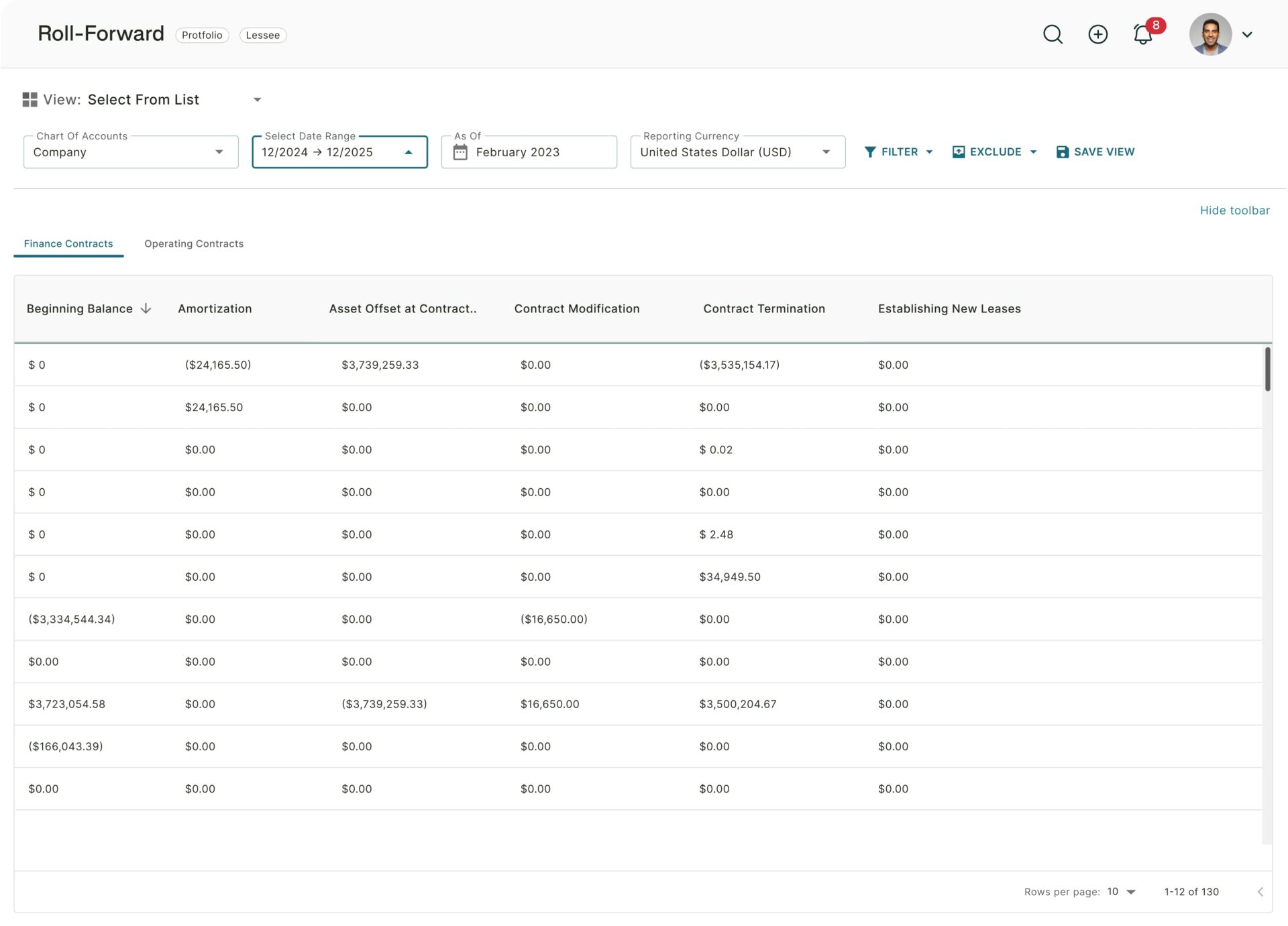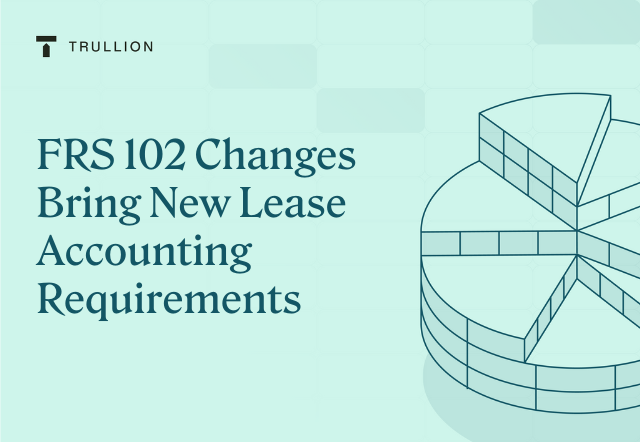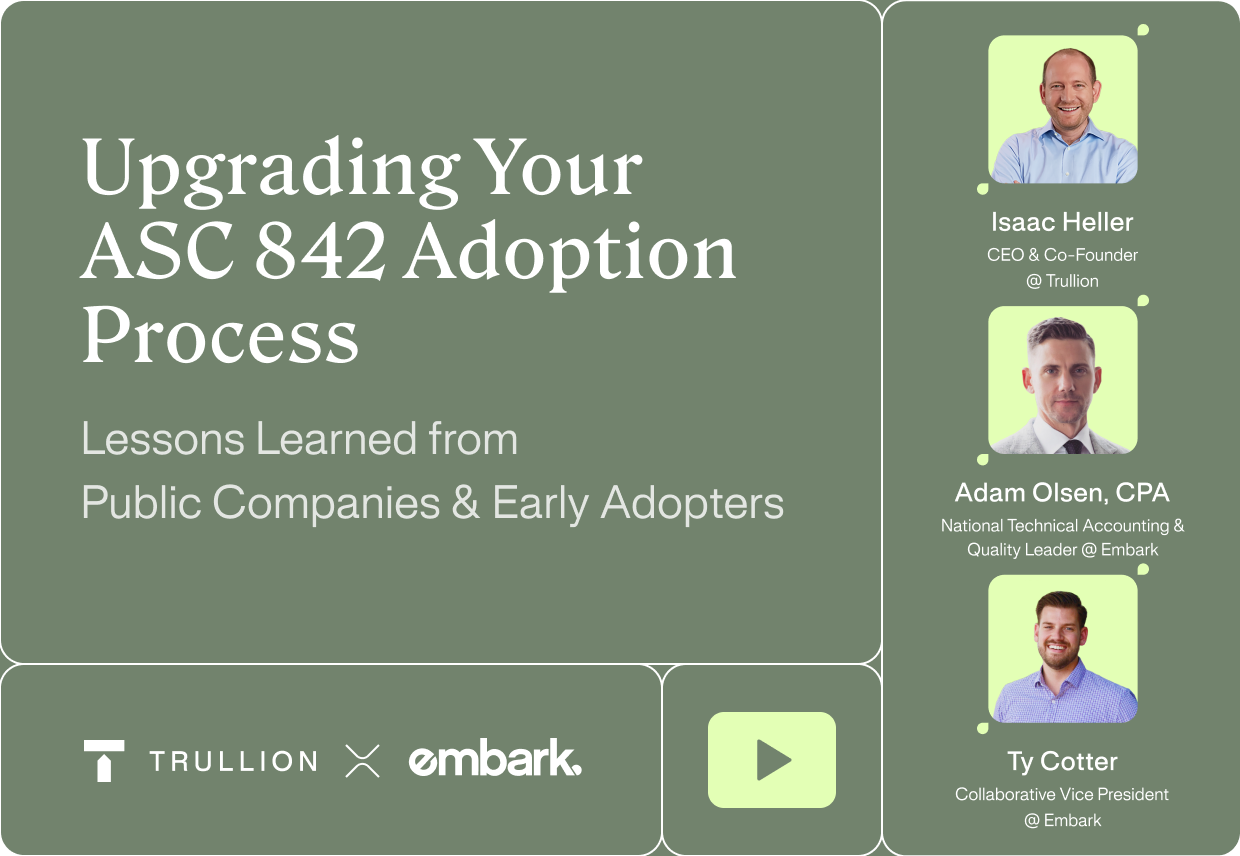FRS 102 is the financial reporting standard that governs UK and Republic of Ireland businesses that do not fall under IFRS – usually small to medium-sized organizations.
This comprehensive standard governs almost all aspects of a business’ accounting and reporting, and therefore any FRS 102 changes can have a significant impact on entities subject to the standard.
Recently, the Financial Reporting Council – the body tasked with overseeing such standards – announced proposed changes to FRS 102 that could have far-reaching impacts.
What are the Changes to FRS 102?
In general, the changes proposed for FRS 102 are related to bringing the standard in line with the International Accounting Standards Board’s (IASB) IFRS requirements.
The proposed amendments include:
- Lease accounting: adding a new Section 20, that is based on IFRS 16 “Leases”
- Specifically, removing the off-balance sheet option in lease accounting, and ensuring that a lease asset and corresponding lease liability are reflected on the balance sheet
- Revenue recognition: adding a new Section 23, based on IFRS 15 “Revenue from Contracts with Customers”
- Incorporating the 5-step revenue recognition process of the IFRS requirements
- And several incremental improvements including clarity around disclosures, an update for Section 2 “Concepts and Pervasive Principles,” a new section 2A “Fair Value Measurement,” and the removal of certain options that have to do with IAS 39 “Financial Instruments: Recognition and Measurement”.
Who is Affected By the Proposed Changes?
To understand who is affected by changes to FRS 102, it’s important to understand who is governed by this standard, and why.
In the UK, the application of accounting standards depends on the size and type of organization.
Publicly Traded Companies
These companies are typically listed on the London Stock Exchange (LSE) or other regulated markets. They are required to prepare their consolidated financial statements in accordance with IFRS as adopted by the EU (European Union). This means they follow the IFRS standards with certain modifications or interpretations specific to the EU. The FRC oversees the adoption and application of IFRS by these companies and ensures compliance with relevant regulations. A summary of the differences between IFRS standards and FRS standards can be found here.
Large Private Companies
Large private companies, which are not publicly traded, have a choice between preparing their financial statements according to IFRS or applying the FRS (Financial Reporting Standards), including FRS 102, FRS 101, and FRS 105.
Small and Medium-sized Entities (SMEs)
SMEs have the option to apply either full IFRS standards or to use the FRS, specifically FRS 102. FRS 102 specifically refers to such entities, such as in Section 1A “Small Entities.”
With the types of changes being proposed, and the types of businesses typically using FRS 102, it makes sense that small to medium-sized businesses with multiple loans will be most affected.
Generally, this will include:
- Entities with multiple locations and therefore many office leases
- Entities with significant vehicle fleets
- Construction companies and other entities with long-term leases of large equipment
While these are the industries likely to be most affected, any entity with a lease longer than twelve months will be affected to some degree.
When is the FRS 102 Change’s Effective Date?
The expected changes to FRS 102 are slated to occur on 1 January 2025.
While this may seem far away to some, experience from implementing IFRS 16 has shown that one cannot start preparing too early.
Early preparation is especially prudent given that key ratios are likely to be impacted – with knock-on effects affecting loan covenants, earn-outs, and other related transactions.
Exemptions
Like IFRS 16, the updated FRS 102 is likely going to include a number of similar exemptions: for example, leases under twelve months, and leases of low-value assets, among others. According to the draft FRED 82 amendment, other exemptions include:
- Leases to explore for or use minerals, oil, natural gas, and similar non-regenerative resources
- Leases of biological assets within the scope of Section 34
- Service concession arrangements within the scope of Section 34
- Licenses of intellectual property granted by a lessor within the scope of Section 23
- Rights held by a lessee under licensing agreements within the scope of Section 18
- Leases that could lead to a loss to the lessor or the lessee as a result of non-typical contractual terms
How Does FRS 102 Change the Balance Sheet?
Generally speaking, FRS 102 can change the balance sheet, in that leases that were previously classified as operating leases, for example – and expensed through the income statement, often on a straight line basis – will now be accounted for with a lease asset and liability on the balance sheet.
The lease asset values the “right of use” of the underlying asset, while the lease liability is the present value of future lease payments. Section 20 gives specific guidance, for example, 20.49-20.50:
“ At the commencement date, a lessee shall measure the right-of-use asset at cost.
The cost of the right-of-use asset shall comprise:
- the amount of the initial measurement of the lease liability
- any lease payments made at or before the commencement date, less any lease incentives received
- any initial direct costs incurred by the lessee
- any amount recognized in accordance with Section 21 at the commencement date”
The asset will get depreciated over the term of the lease, and the liability will get smaller as payments are made.
How to Calculate Lease Liability Under FRS 102
At a high level, the lease liability is calculated by taking all expected lease payments and working out the present value of these lease payments based on a discount factor.
Like IFRS 16, this factor is “the rate implicit in the lease,” and if this cannot be ascertained, then the company’s incremental borrowing rate (IBR) can be used.
For FRED 82, there is also the option of “If, in exceptional cases, the lessee’s incremental borrowing rate or lessee’s obtainable borrowing rate, as applicable, cannot be readily determined, the lessee shall use the gilt rate.” (20.52)
Implementing the New Changes
In order to comply with the changes to FRS 102, entities will need to gather all leases, as well as contracts that could contain a lease.
This is important, as FRS 102 identifies a lease in a contract as follows (20.17): “ A contract is, or contains, a lease if the contract conveys the right to control the use of an identified asset for a period of time in exchange for consideration.”
Once all leases and potential leases are gathered, the entity has to account for them based on these new principles, including valuing the leased asset and a lease liability, as well as the related disclosures.
How Trullion Can Help
Trullion’s AI-powered automated accounting software takes all the headaches out of compliance with standards such as FRS 102.
By using Trullion, you can ensure you are always compliant – now, and in the future.
With the changes to FRS 102 – which have already been felt when standards like IFRS 15 and IFRS 16 were introduced previously – taking care of leases and revenue recognition manually becomes time-consuming at best, and massive compliance risk at worst.
Trullion lets you seamlessly import leases, contracts, and essential files including via PDF, and extracts key information from these documents. It can then suggest journal entries, generate disclosures, and much more from one secure, integrated AI-powered platform for a 360-degree view of your Lease Accounting, Revenue Recognition, and Audit workflows.
To learn more about how you can benefit from the Trullion solution, set up a call with a product expert.










